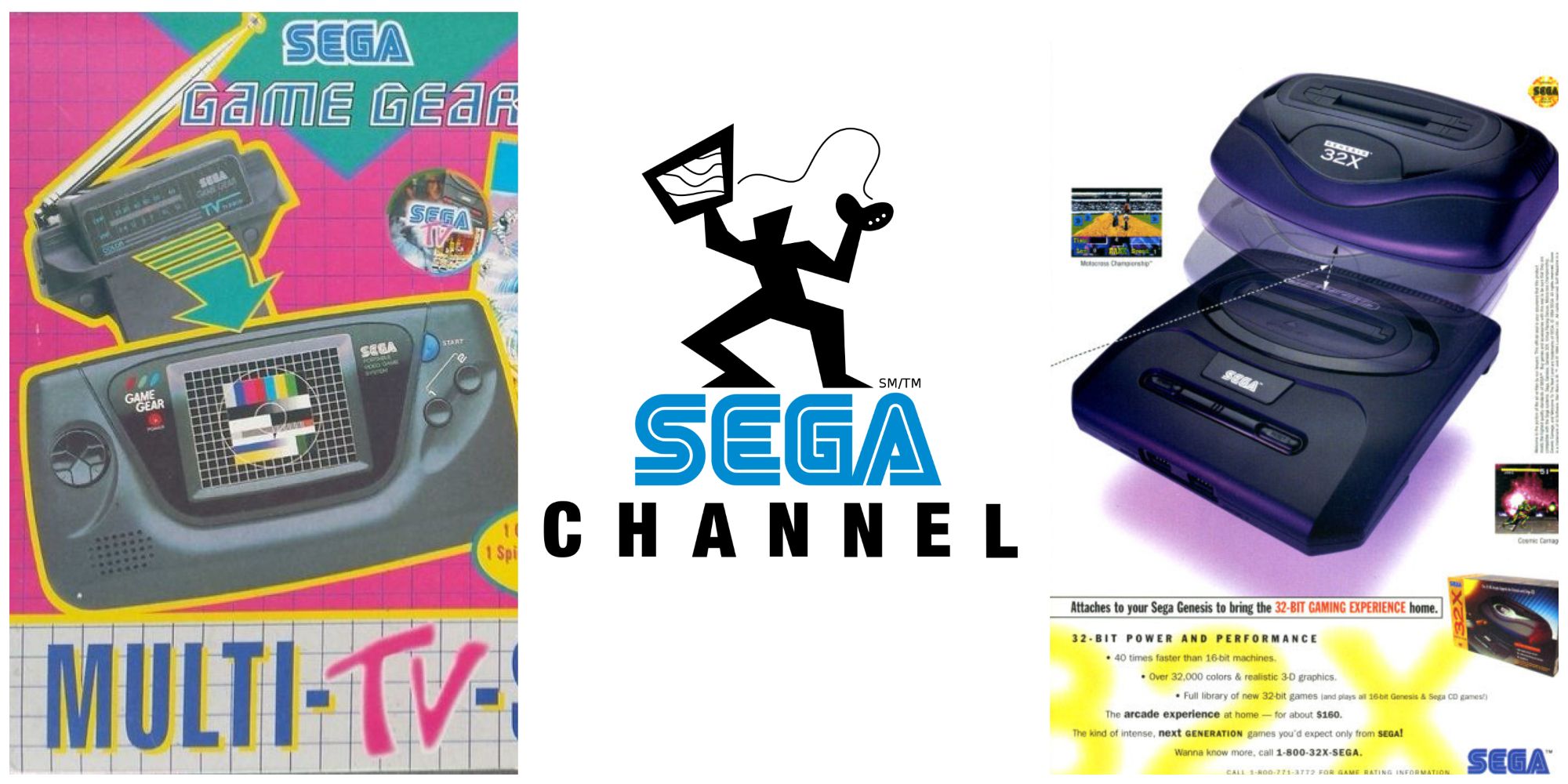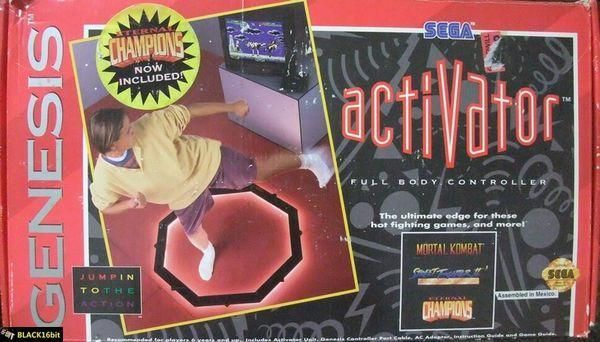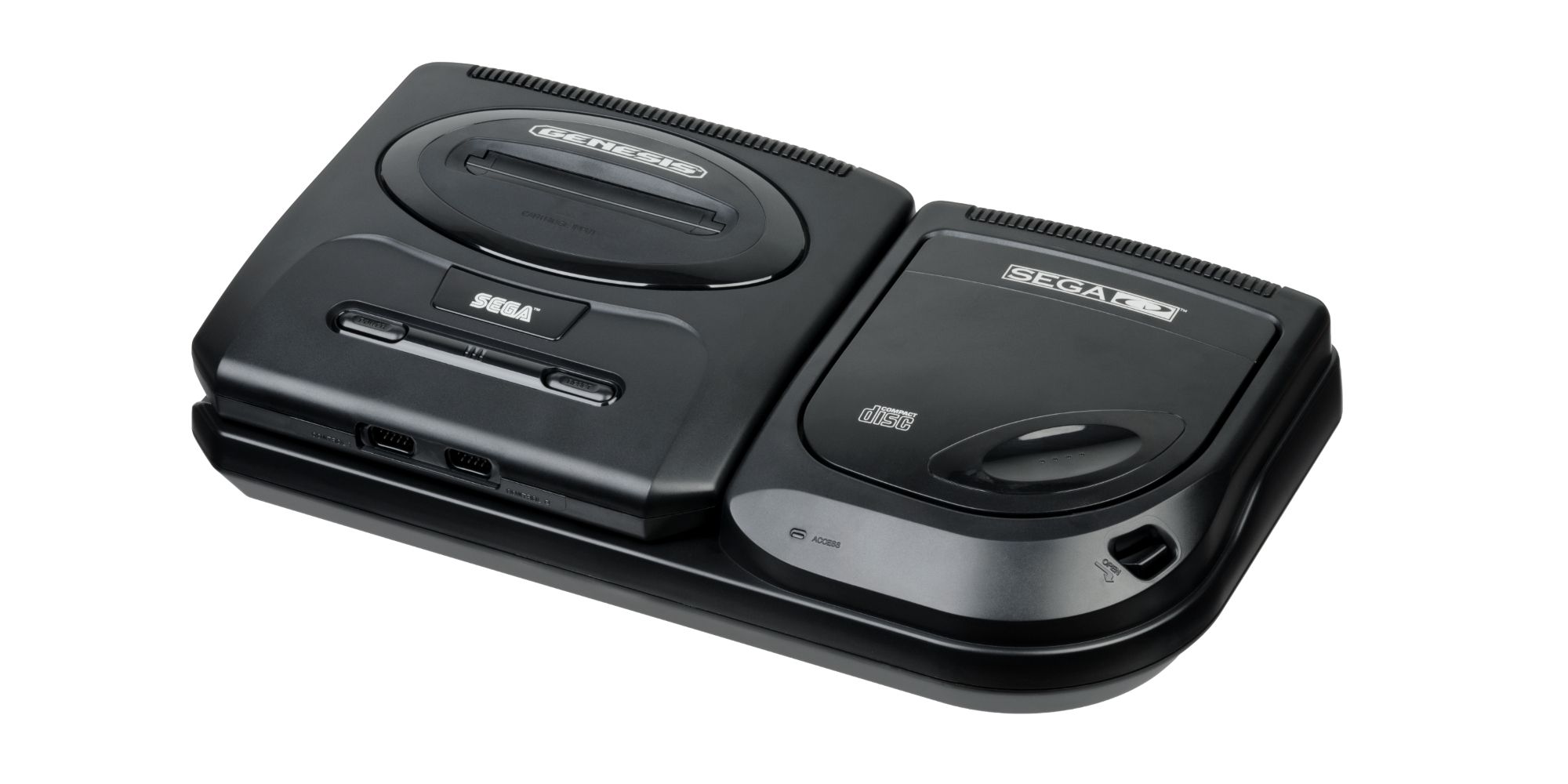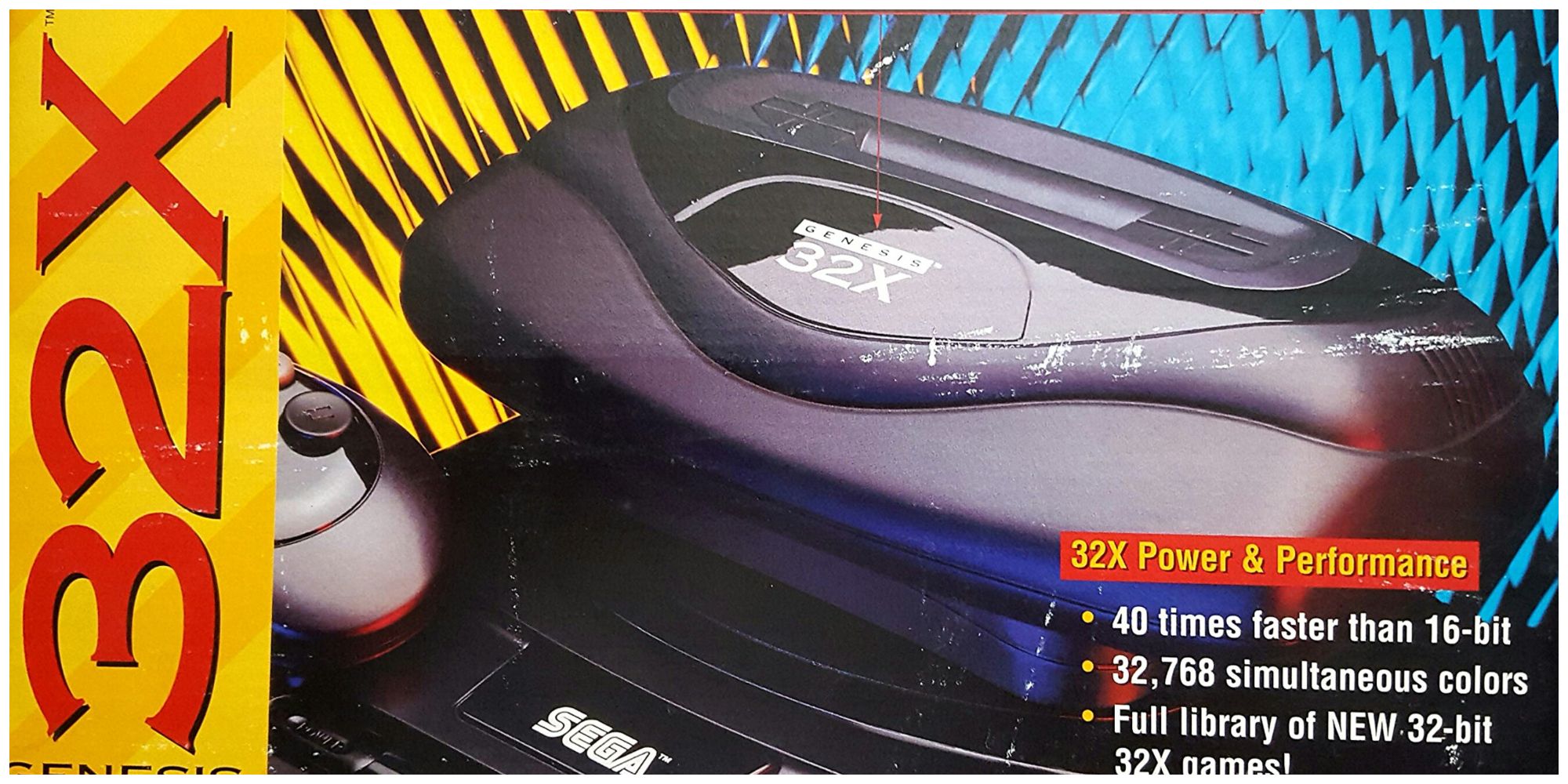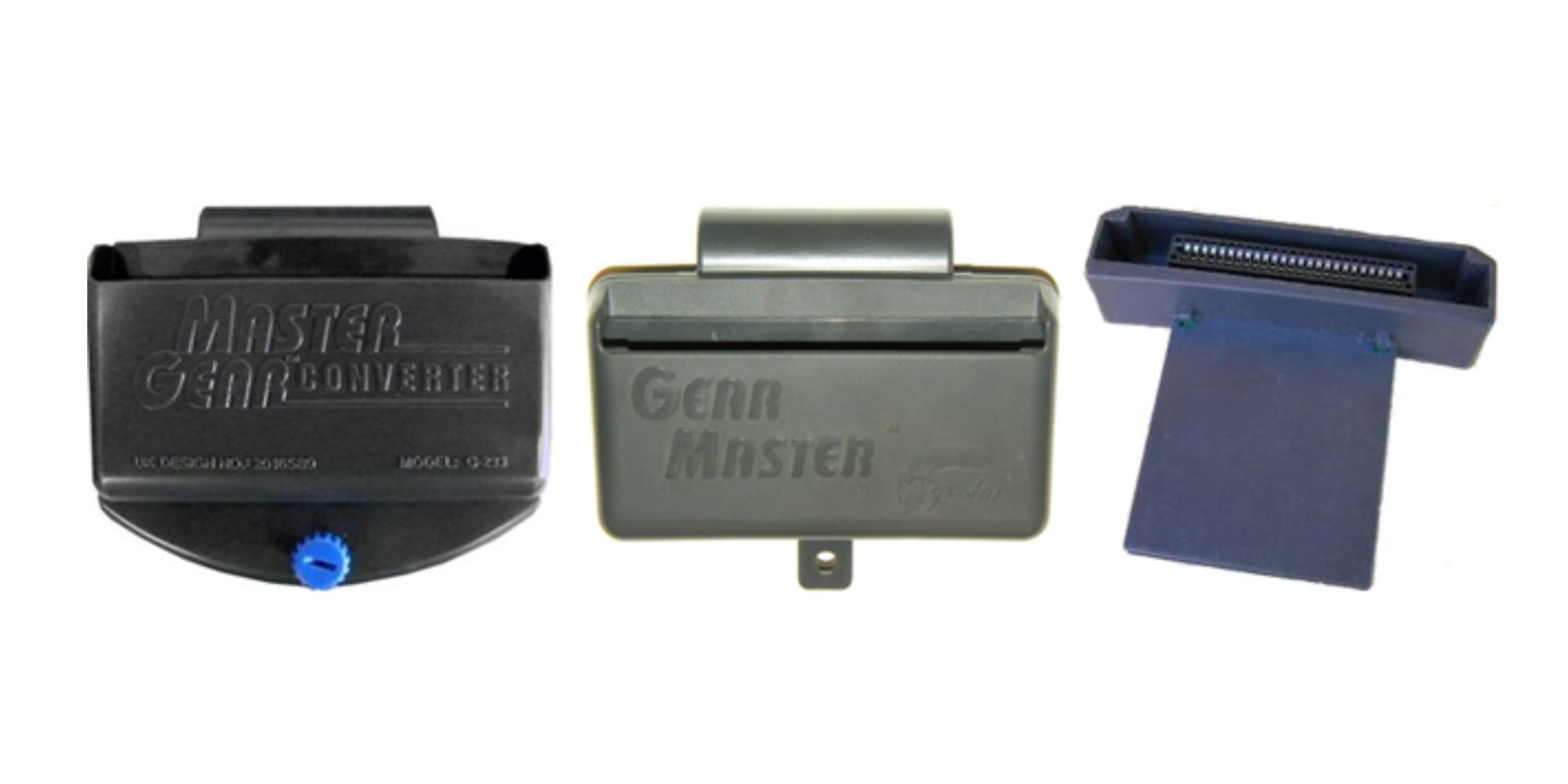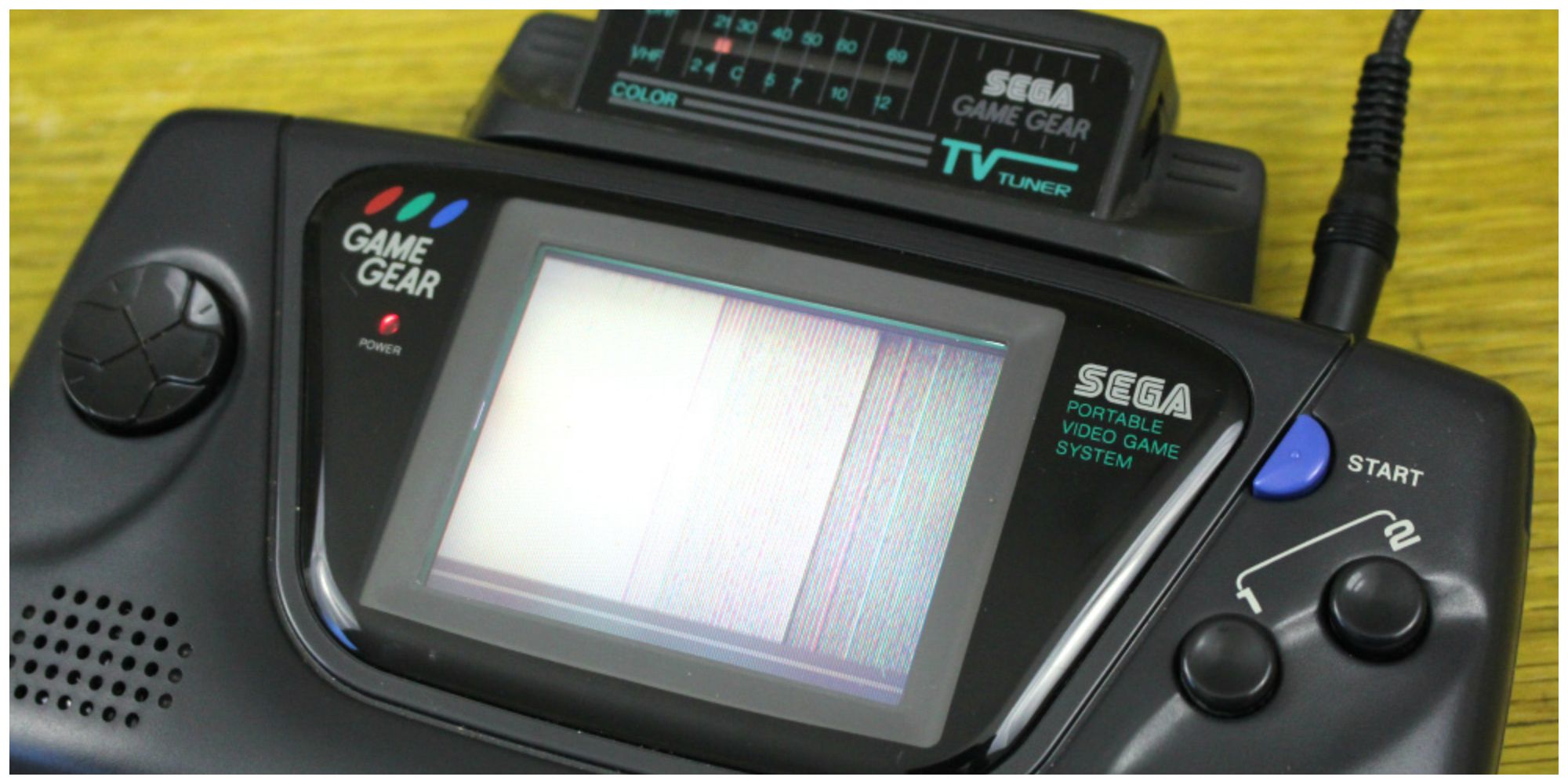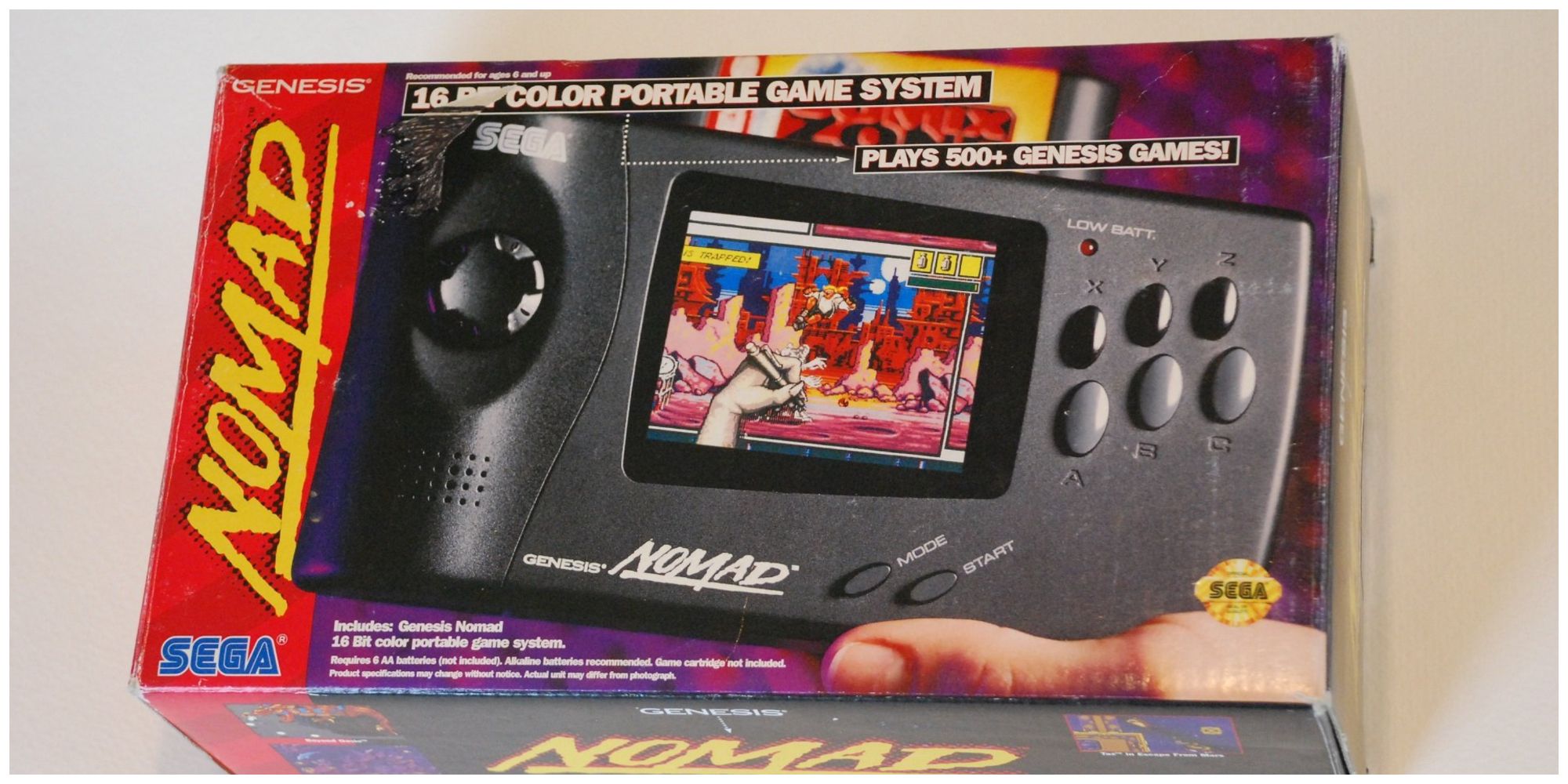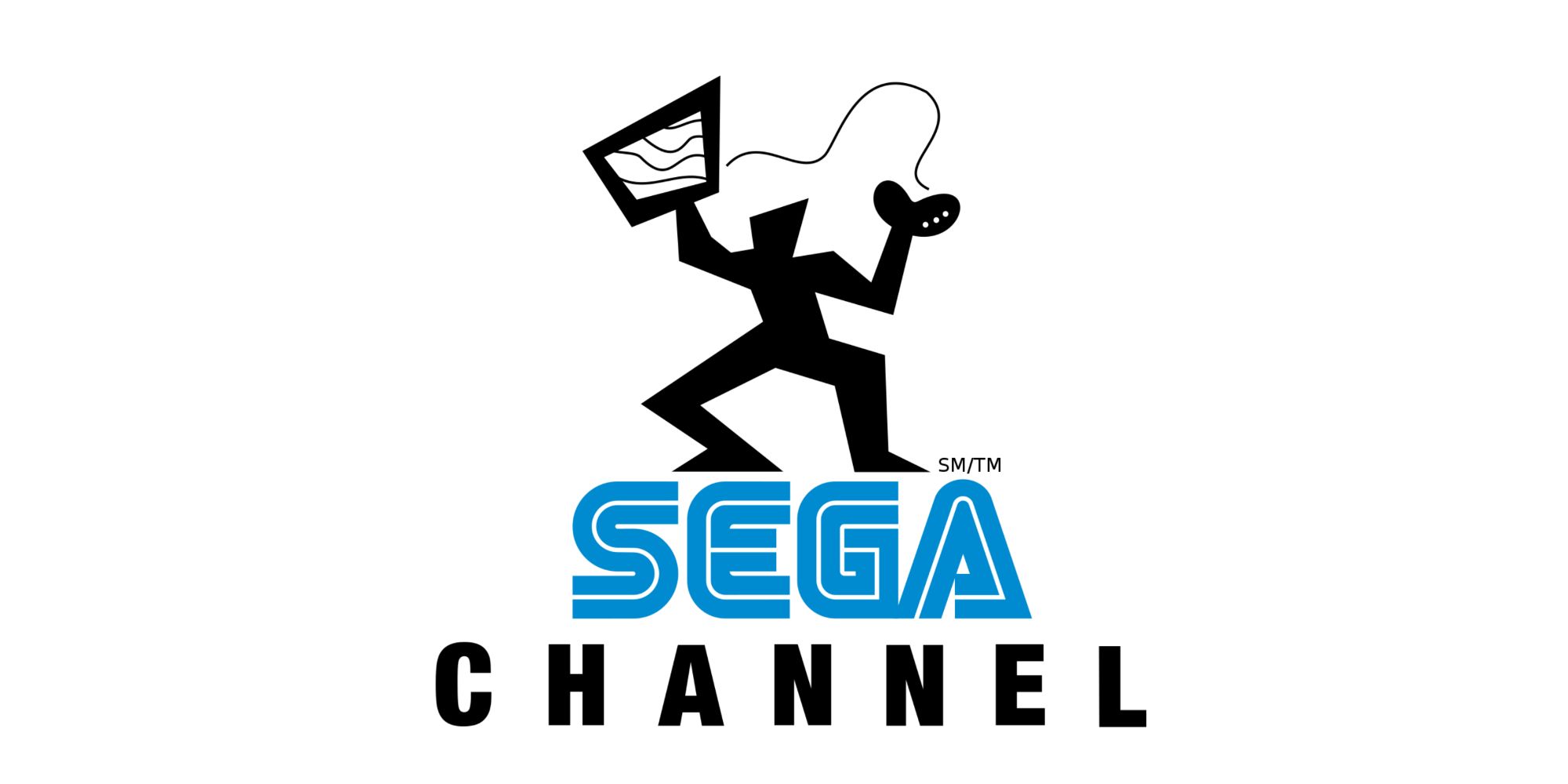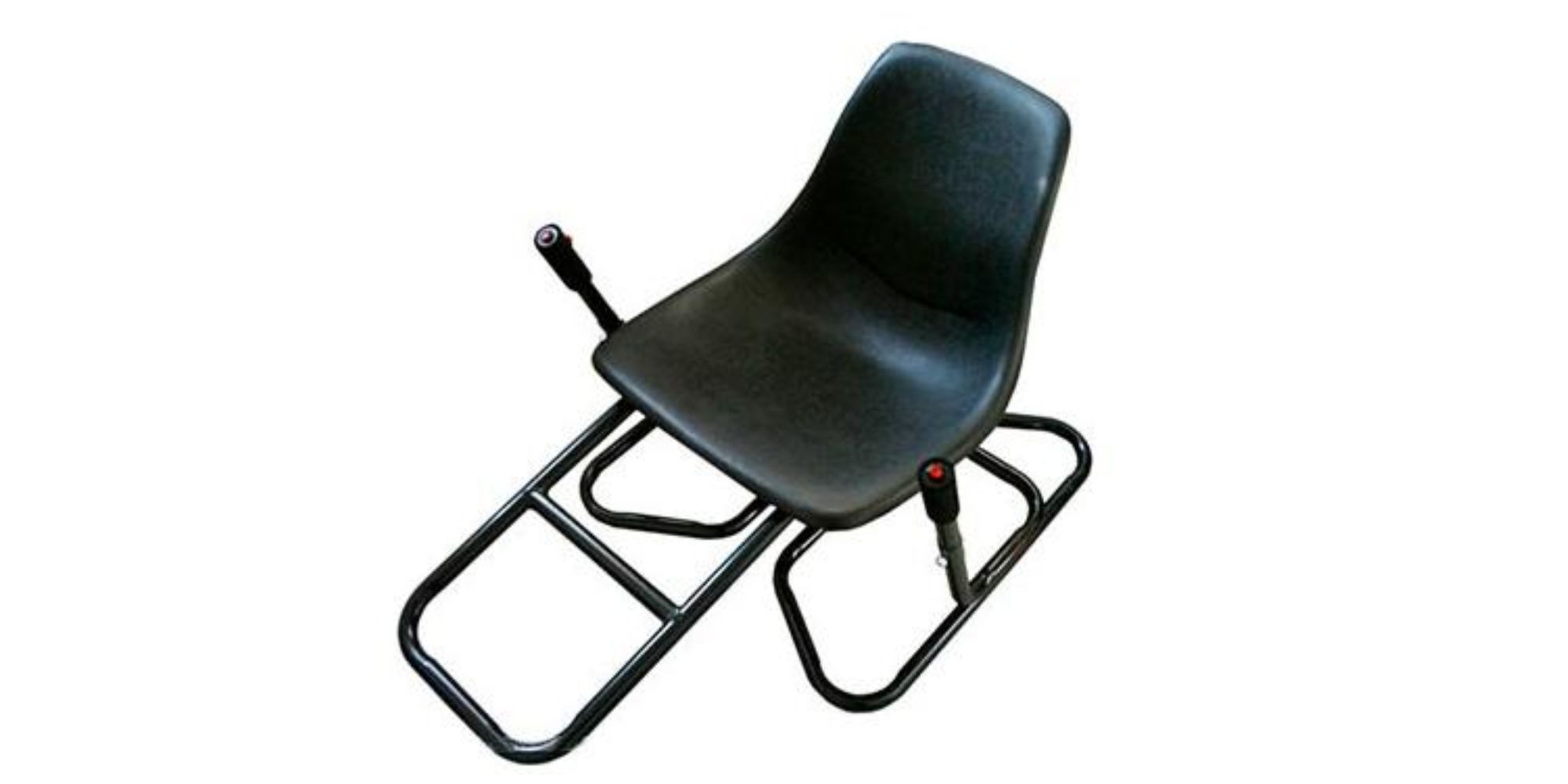Back in the days when Sega was still in the business of making consoles, they were constantly working on new ideas that might separate them from the competition. While today that pursuit might be more focused on investing in some high-quality original titles or working to reduce the price of their hardware, back then it was more about coming up with unique and often quirky accessory concepts. At least for Sega, it was.
The results of their efforts were some ideas that were fairly innovative and clever and some that were just sort of strange. Looking back on some of these Sega accessories with a set of modern eyes can be pretty fun, sometimes funny, and always interesting.
8 Sega Activator
Before the Wiimote or the Kinect or the PlayStation Move, there was the Sega Activator: the first-ever full-body motion control system for a video game console. This octagonal ring-shaped controller of sorts was placed on the floor in front of the TV so that the player could stand in the middle of it and play something like Street Fighter 2 with their entire body.
As cool as it sounds, and as far ahead of any other successful implementations of this kind of technology as the Activator was, the accessory just didn’t work very well at all. Setting the thing up was something of a nightmare in and of itself, and using it to play was not much better than that.
7 Sega CD
Of all the curious accessory concepts that Sega came up with in their 90s heyday, the add-on that transforms a current console into a brand new one has to be the most intriguing. The Sega CD was well ahead of the curve as far as its use of CD technology, and it offered some tantalizing-for-the-time graphics, but the combination of a confusing concept, poor marketing, and bloated pricing ultimately led to mixed reviews and poor sales.
However, there were at least a few good games on the Sega CD. Some fans even claim that Sonic CD is the best 2D Sonic game ever made. But because few people ever really played those games, the accessory is ultimately remembered as a somewhat half-baked concept that never quite met its potential.
6 Sega 32x
The Sega 32x was another interesting add-on released in America in November of 1994. It was designed to connect to the Sega Genesis and transform the console from a 16-bit machine to a 32-bit one. With that would come a library of all-new, more powerful games along with some updated ports of Sega Genesis titles that Sega hoped would keep fans engaged while they awaited the release of the all-new Sega Saturn.
Well, the Sega Saturn came out less than six months later, confusing consumers, befuddling third-party developers, and ultimately tanking the Sega 32x. The concept had some potential, but the execution was just too poorly handled for the accessory to ever stand a chance.
5 Game Gear Master System Converter
It seems that whenever Sega kept things simple, they found far more success with their accessories. The Game Gear Master System Converter is perhaps the best example of this. It was a simple adapter that plugged into the cartridge slot of the Sega Game Gear and allowed gamers to fire up their Sega Master System titles on the go.
There were a few hiccups with this one like the screen getting squeezed and making certain games a little trickier to play, but all things considered, it was a great concept that mostly worked out well. It offered portable console titles at least a decade before anyone else.
4 Game Gear TV Tuner
In a time before the majority of the human population had a miniature movie theater in their pockets at all times, the concept of portable television was a remarkably enticing one. With the Game Gear TV Tuner, Sega sought to realize that concept and one-up the Game Boy, which couldn’t possibly offer such a thing due to its lack of a color screen.
The accessory worked just fine, but it also burned a lot of battery. More battery than the already power-zapping Game Gear games, even. One solution would be to plug the Game Gear into an outlet with the AC adapter, but if there’s an outlet nearby, odds are there’s a normal-sized TV with even more channels around, as well. This one was so close to being awesome.
3 Sega Nomad
While the Nintendo Switch is the original 2-in-1 console/handheld (with its own collection of interesting accessories) the Sega Nomad offered a remarkably similar experience well over 20 years before the Switch was released. This follow-up to the Game Gear offered fans an opportunity to take their Sega Genesis games on the go, a portable game experience that was ostensibly vastly more impressive than what either Game Boy or Game Gear could ever offer.
Unfortunately, there were more than a few issues that stood in the way of the Nomad reaching its potential. The timing of its release was awkward, its battery requirements were dizzying, and the near-$200 price tag was off-putting to many consumers. The handheld was ultimately a flop, but it remains one of the cooler oddities for collectors to nab on eBay today.
2 The Sega Channel
The Sega Channel may have had some other problems that caused it to get in its own way, but its biggest issue was most certainly that the world just wasn’t ready for what it offered. In terms of commercial viability, at least.
With the Sega Channel’s simple coaxial adapter that hooked into the user’s cable TV setup, gamers were able to connect to an online game service where they could download demos, codes, and actual Sega Genesis games. It was a very early precursor to what is now the standard for all consoles. A stroke of near-genius in retrospect, if only it weren’t prohibitively expensive and released so late in the console’s life cycle.
1 Sega Action Chair
So many of Sega’s lovable-but-misguided accessories deserve a ton of credit for their innovation and for the foresight they were developed with. These gadgets represented some of if not the first examples of now-commonplace ideas like backward compatibility, portable console-quality gaming, motion controls, and online game libraries. The Sega Action Chair, however, was just sort of bizarre.
This controller/chair hybrid could connect to both the Sega Master System and the Sega Genesis to offer fans a wonky and unusual gaming experience in which the D-pad was connected to the seat itself, so players had to lean in whatever direction they wished to move. The concept understandably didn’t pan out, and it has now become a sought-after rarity for Sega’s most dedicated collectors.

